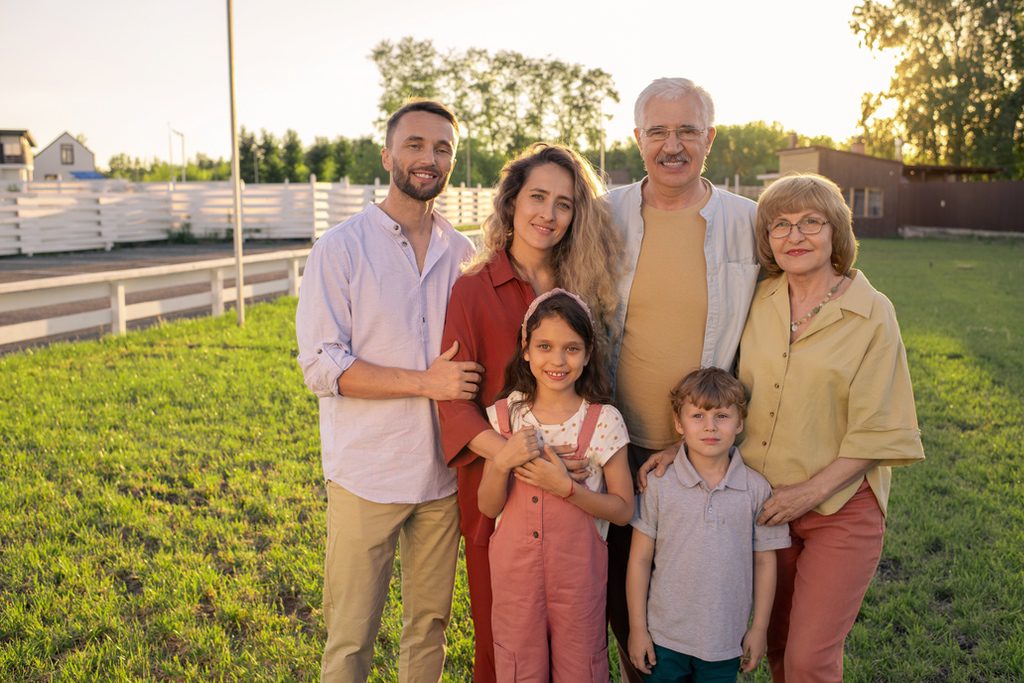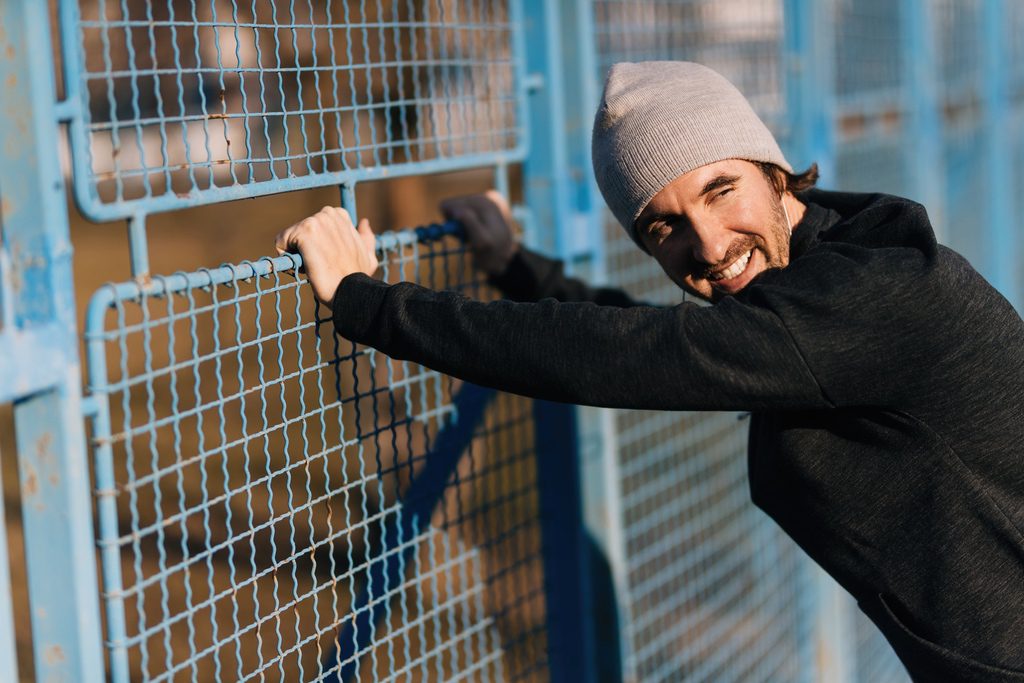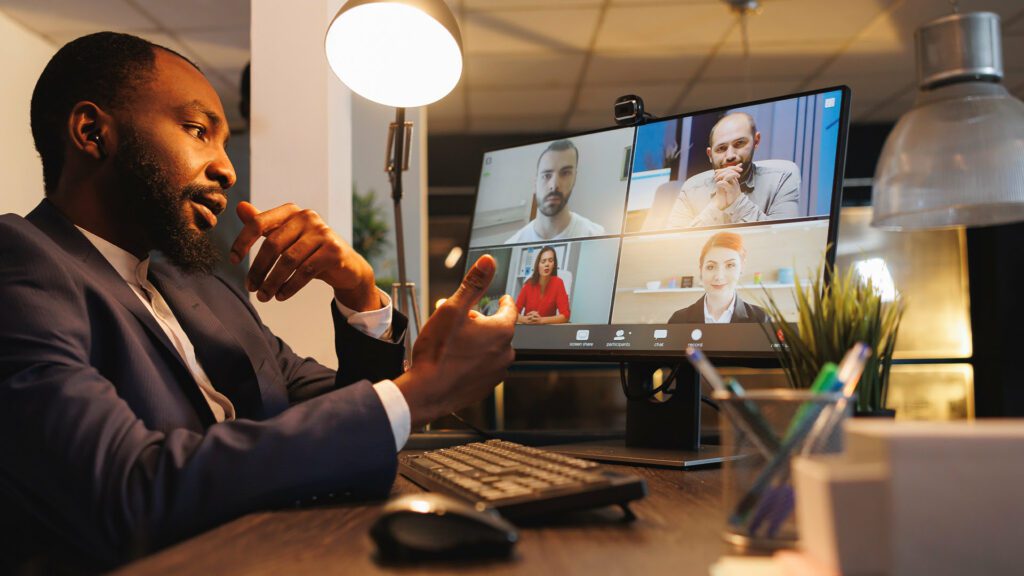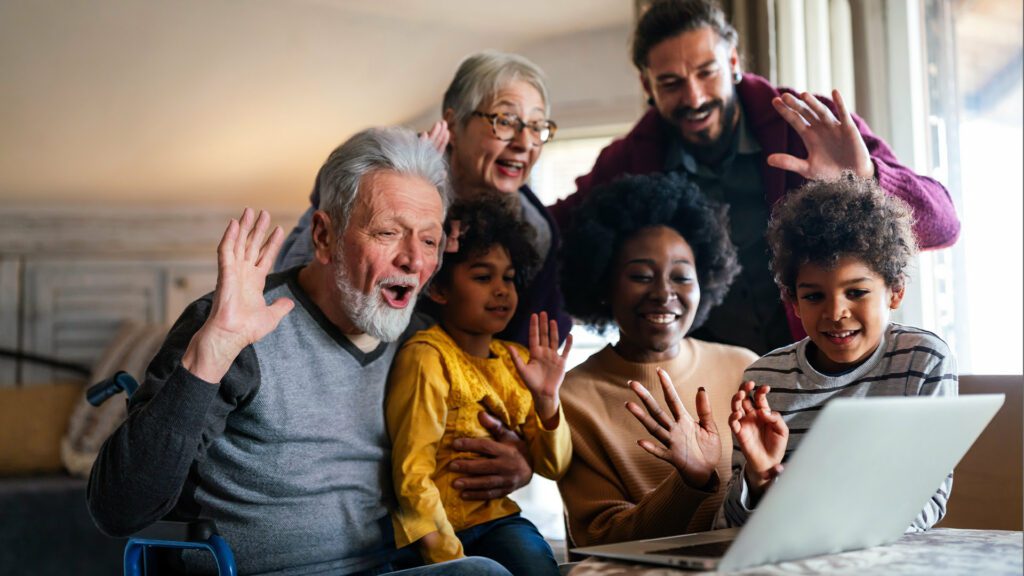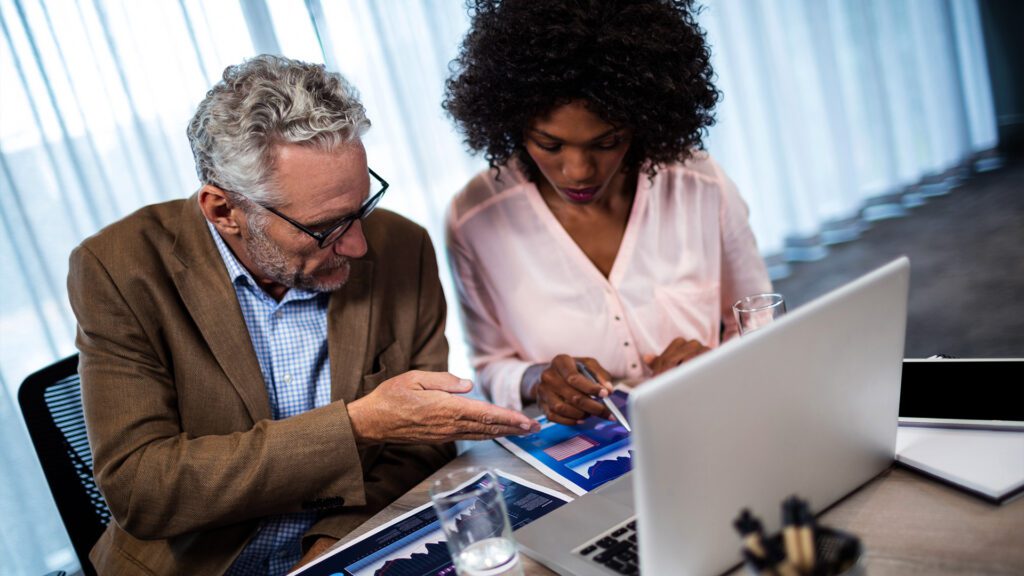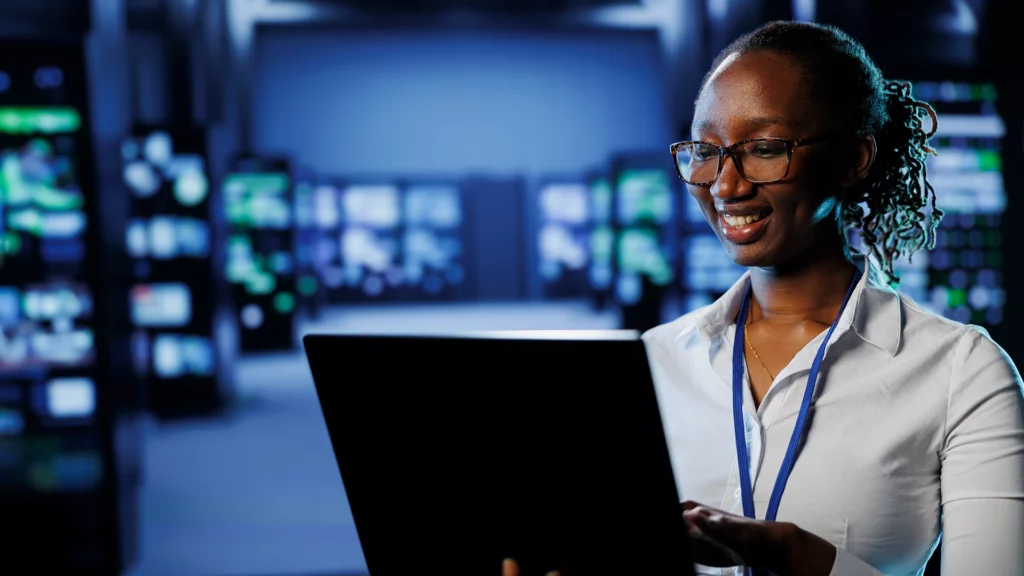Summary:
- Video visitation helps overcome challenges like travel distance and cost, enabling more frequent and meaningful contact between inmates and their families.
- Being able to communicate with loved ones more often can reduce inmate distress and promote better behavior—while incarcerated and after being released.
- Correctional facilities benefit from reduced contraband risk and a decreased staff burden with fewer physical visits, leading to a safer and more efficient environment.
- Video visitation provides a cost-effective way for families to stay connected with inmates, fostering emotional support and maintaining important emotional bonds.
- Effective video visitation systems must prioritize security, reliability, and integration with existing systems to ensure high-quality communication that supports the overall correctional environment.
Video Visitation: How Audio Visual Technology Improves the Lives of Prisoners & Their Families
When inmates in correctional facilities can talk more with their loved ones, there are benefits for everyone involved. Prisoners become more peaceful, facilities become safer, and families can enjoy more meaningful contact.
Below, we explore these benefits in greater detail and show how they can apply in different kinds of institutions—including prisons and rehabilitation facilities. Find out how applying the right technology can support the justice system in delivering better outcomes that lead to a safer and more supportive culture.
What Challenges Does Video Visitation Solve?
According to a study conducted by the Scottish Prison Service, the greatest challenges to visitation include:
- The distance between prisons and the homes of visitors
- A lack of available transportation
- The costs associated with traveling to the prison
Video visitation has the power to eliminate all of these challenges, because it lets family members see, hear, and speak with their loved ones from the comfort of home. According to another survey taken in France, 75% of respondents say this increases the amount of contact between prisoners and their families.
Benefits for Inmates
According to the same research, this increase in time spent between prisoners and families can greatly reduce the amount of distress inmates experience. Most people felt that it helped motivate inmates to get out of prison and reunite with their families, and that it would encourage them to manage their incarceration more effectively in the meantime.
But that’s not all. Video visitation also provides inmates with a visual connection to the outside world—a way to see their homes, pets, and other sights from their life before incarceration. This has the power to help inmates stay connected to their community and maintain a sense of normalcy.
Finally, some research from the United States also suggests that inmates who receive video visits are less likely to reoffend after being released. This may be because spending more time communicating with family allows inmates to strengthen their bonds with law-abiding people who can help them deal with the challenges of reintegration and inspire them to change their behavior.
Benefits for Institutions
Correctional facilities that implement video visitation systems also experience a range of operational benefits. With video visitation, the need for physical visits is reduced, which lowers the risk of contraband entering the facility and decreases the burden on staff who manage in-person visits. This can lead to a safer and more secure environment for both inmates and staff.
Additionally, video visitation can improve the overall atmosphere within the facility. Inmates who have regular contact with their loved ones are generally more content and cooperative, which can reduce the likelihood of conflicts and disturbances. This allows staff to focus on more valuable tasks, such as providing support and rehabilitation services, rather than managing security issues.
Benefits for Families & Communities
The families of inmates also benefit significantly from video visitation. It provides a convenient and cost-effective way to maintain regular contact with their incarcerated loved ones, since it eliminates the need for long or expensive travel. This is especially important for families living far from the correctional facility or those with mobility issues.
In addition to giving inmates a glimpse of familiar sights, video visits can also make it easier for families to share important moments and maintain a sense of normalcy despite being physically separated. For children, seeing an incarcerated parent on a screen can be less intimidating than visiting a prison, which can make it easier to build a more positive and supportive relationship. This ability for families to stay involved in the inmate’s life can provide vital emotional support for their rehabilitation.
Key Features for AV Technology in Correctional Settings
Not all audio-visual technology offers equal benefits in correctional facilities. Before investing in video visitation solutions for a facility you manage, consider the following criteria to make sure the solution you choose supports your institution’s unique needs:
Security
The system must be well-built and tamper-proof to ensure that it cannot be easily damaged or vandalized. This helps your facility prevent unnecessary expenses while ensuring that everyone can still enjoy the technology’s benefits.
All of ET Group’s options, like our SecureV200 for the Cisco Webex Room Kit Mini, are designed to be appropriately resilient for correctional environments. Lockable doors, thick plexiglass screens, and other features all help ensure that they can only be used as intended and cannot be easily broken.
Reliability
The technology should be reliable and easy to use, minimizing technical issues and scheduling problems that could disrupt communication. This has been one of the major criticisms of video visitations in prisons—when the quality of the connection is poor or the system does not work properly, inmates and family members suffer most.
Our video visitation hardware is built for compatibility with leading video conferencing platforms like WebEx, which helps to improve call quality and address these issues. High-quality external mics and speakers also help keep the audio clear, and UltraHD cameras provide video in up to 5K resolution on some models.
Integration
The system should integrate seamlessly with existing telephony and communication systems, allowing for a smooth transition and minimal disruption to current operations.
All of the modules we offer for use in correctional facilities have knockouts for external conduits, and some models can also connect with facility PCs to work with third-party video conferencing platforms. This makes it easier to establish interoperability and reduce the risk of technical errors.
Modernizing Justice Benefits Everyone
Implementing modern audio-visual technology in correctional facilities not only improves the lives of inmates and their families but also enhances the overall safety and efficiency of the institution. By fostering better communication and stronger social bonds, video visitation can play a crucial role in the rehabilitation process, ultimately contributing to a safer and more supportive justice system.
Investing in the right video technology can help your facility create a more humane and effective correctional environment. Learn more when you contact ET Group Justice Solutions and book a discovery session with our team.
Stay connected with us:
Follow ET Group on LinkedIn
Subscribe to ET Group’s YouTube Channel




